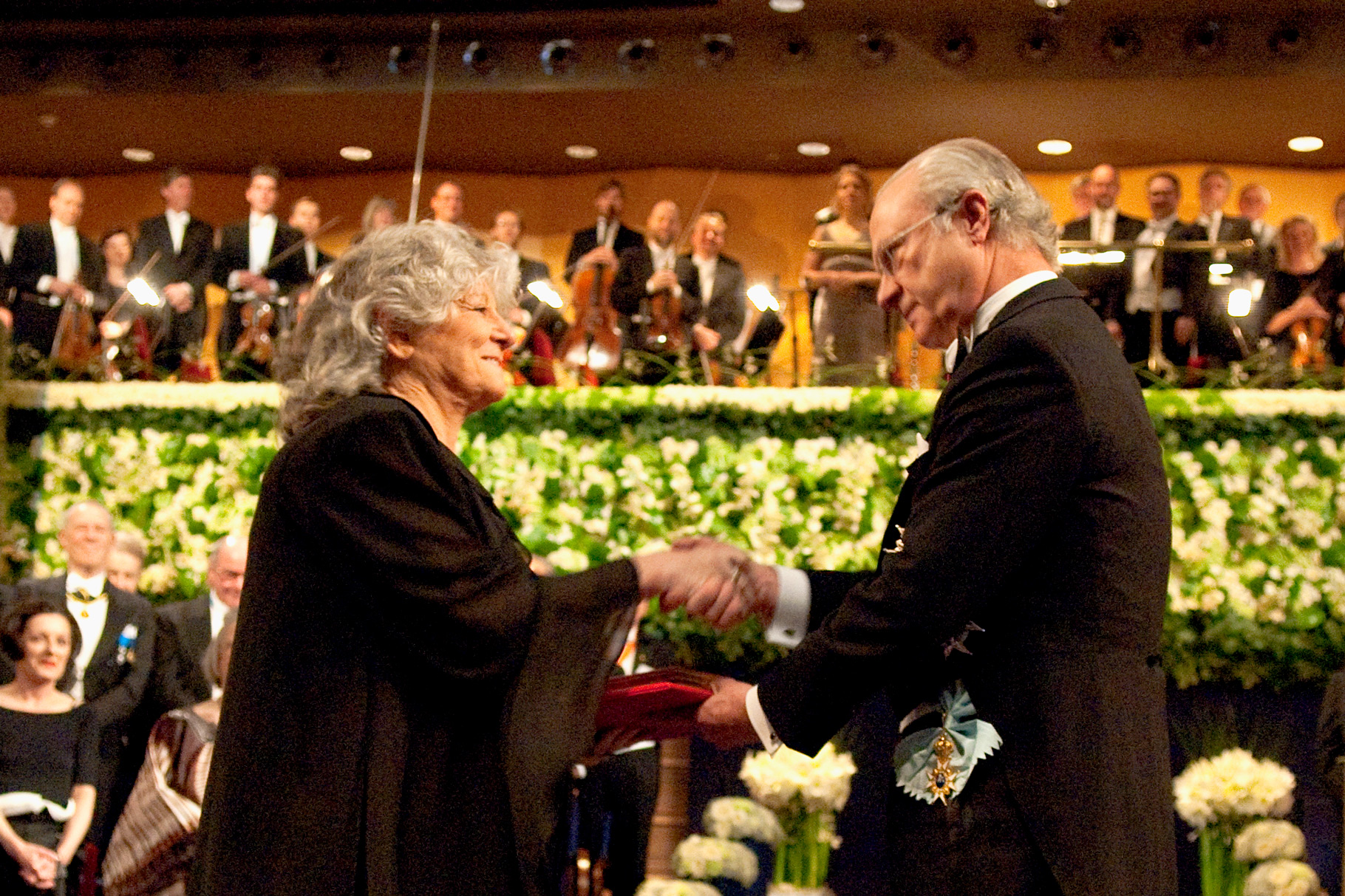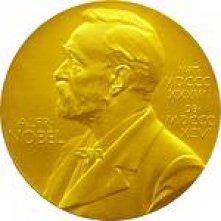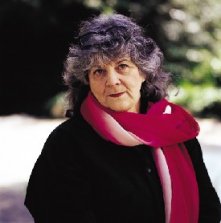
A bicycle accident and polar bears came together in one curious scientist’s mind, and became the catalyst for research that is changing the world.
When Prof. Ada Yonath of the Weizmann Institute of Science was recovering from a concussion suffered while riding her bike, she read an article about hibernating polar bears, which led her to consider the physical processes that enable and support a dormant state. It occurred to her that in order for the bears to go in and out of hibernation, it was possible that ribosomes were packed in an orderly manner—an idea that went against then-current thinking. And she wondered, “Why do they do this?”

More than 20 years later, Prof. Yonath won the 2009 Nobel Prize in Chemistry for her work deciphering the structure of ribosomes.
She began with the realization that in order to investigate ribosomes, they first needed to be crystallized. Often called the cell’s protein factories, ribosomes are composed of a large number of protein molecules loosely bound to giant chains of nucleic acids. Ribosomes are also notoriously unstable and tend to disintegrate, and crystallization should allow them to be imaged and their action studied. At the time—the 1970s—most scientists thought this was impossible.
“Top teams around the world, such as those at UCLA and MIT in the United States and the Medical Research Council in England, had been trying to crystallize ribosomes since the 1960s—with no success. I thought, this is such a delightful group of ‘unsuccessful’ people—they were all Nobel Prize winners—I would like to be among them,” Prof. Yonath recalled.
“People called me a dreamer,” she said, but she believed in her unconventional idea and pressed onward. Fortunately, she was conducting her studies at the Weizmann Institute of Science, where curiosity-driven research is actively encouraged.
Prof. Yonath needed strong ribosomes for her crystallization experiments, which led her to use ribosomal material from hardy bacterial strains isolated from the Dead Sea. These tough, thermophilic (heat-loving) and halophilic (salt-loving) bacteria proved ideal candidates. “After all, they’ve been around almost unchanged for five million years,” she explained.
In order to get the stable ribosomes she needed, she pioneered a new approach that involved exposing ribosome crystals to cryo-temperature during x-ray measurement. This method, called cryo-crystallography, is now a standard research procedure in structural biology. Prof. Yonath and her team made a staggering 25,000 attempts before they succeeded in creating the first ribosome crystals in 1980.

Over the next 20 years, using a sophisticated technique called x-ray crystallography, Prof. Yonath and her colleagues would continue to refine their studies. In 2000, teams at Weizmann and the Max Planck Institute in Hamburg, Germany—both headed by Prof. Yonath—solved, for the first time, the complete spatial structure of both subunits of a bacterial ribosome. Science magazine counted this achievement among the ten most important scientific developments of that year.
Later, Prof. Yonath’s team discovered the mechanism of action of five antibiotic drugs: they identified exactly how each of the antibiotics binds to the bacterial ribosome, shutting off protein production. Proteins are the cell’s primary component and the basis of all enzymatic reactions; thus, blocking their production kills the bacterium.
Prof. Yonath has said that her goal is to “to try to understand the principles of life from the inside by unraveling the detailed structure of ribosomes.” But why are ribosomes so important?
They are essential to life, and solving the ribosome’s structure gives scientists unprecedented insight into how the genetic code is translated into proteins. Upon receiving genetically encoded instructions from the cell nucleus, the ribosomal factory churns out proteins. Understanding protein biosynthesis is therefore the gateway to grasping life itself—including what happens when things go wrong and disease results.
The science done by Prof. Yonath and her co-winners of the Nobel Prize in Chemistry, Thomas Steitz of Yale University and Venkatraman Ramakrishnan of the Medical Research Council Laboratory of Molecular Biology in Cambridge, could lead to benefits such as more advanced and effective antibiotics and better ways to fight the pathogenic protein biosynthesis characterizing cancer cells. The three scientists separately used x-ray crystallography to reveal the atomic structure and inner workings of the ribosome.
This discovery will hopefully also help in the struggle against antibiotic-resistant bacteria, a problem that has already proven fatal to many and that is recognized as one of the most central medical challenges of the 21st century.
Prof. Yonath is the first woman in the world since 1964 to become a chemistry laureate, and one of only eight in history. She is also Israel’s first woman laureate. However, while she admires and respects the female laureates before her, she does not feel her gender is important: it is all about the research. “I am a scientist, not male or female,” she said. “A scientist.”
For more information on Prof. Ada Yonath, please visit: http://www.weizmann.ac.il/YonathNobel/
Prof. Ada Yonath's research is supported by the Helen and Milton A. Kimmelman Center for Biomolecular Structure and Assembly. Prof. Yonath is the Martin S. and Helen Kimmel Professor of Structural Biology. The Weizmann Institute of Science in Rehovot, Israel, is one of the world's top-ranking multidisciplinary research institutions. Noted for its wide-ranging exploration of the natural and exact sciences, the Institute is home to over 4,000 scientists, students, technicians, and supporting staff. Institute research efforts include the search for new ways of fighting disease and hunger, examining leading questions in mathematics and computer science, probing the physics of matter and the universe, creating novel materials, and developing new strategies for protecting the environment.
